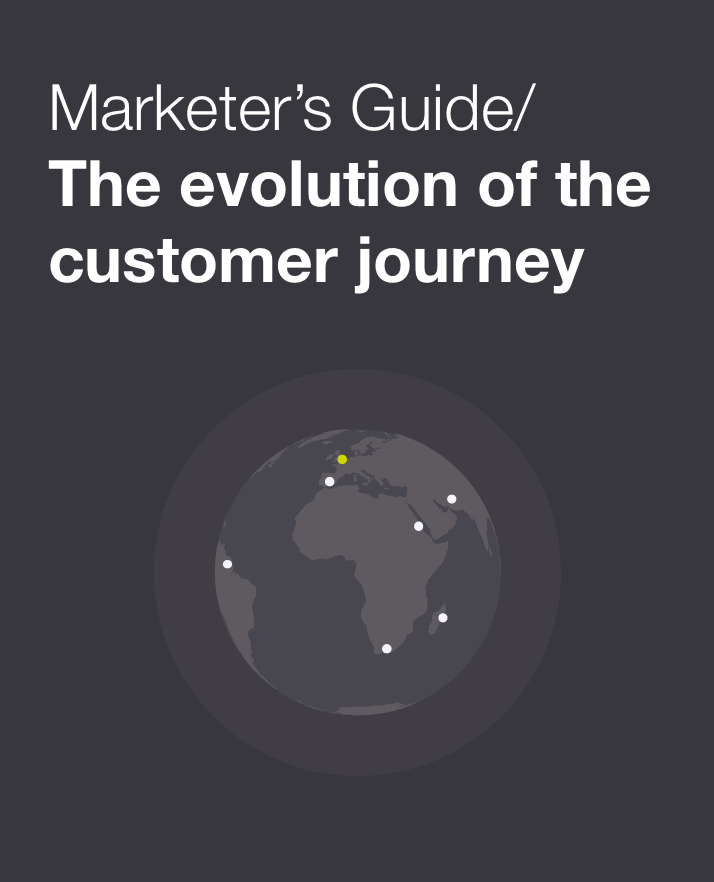The average consumer is exposed to over 10,000 marketing messages a day—how do you break through the noise and create urgency that makes consumers take action?
As Michelle Goodall, Social Media, Digital Transformation, Communications Consultant Trainer and Speaker says: “Let’s be honest – most of the time our customers don’t do what we want them to, when we want them to do it. So how do we plan for and manage for human unpredictability? How do we understand what our customers are thinking? What motivates them? And, what irritates them so much that they simply give up?
“Customer journey mapping certainly isn’t an exact science, but its importance can’t be understated. Brandwatch’s accessible and honest guide can help you set foot on that tricky ‘customer journey’ path.”
